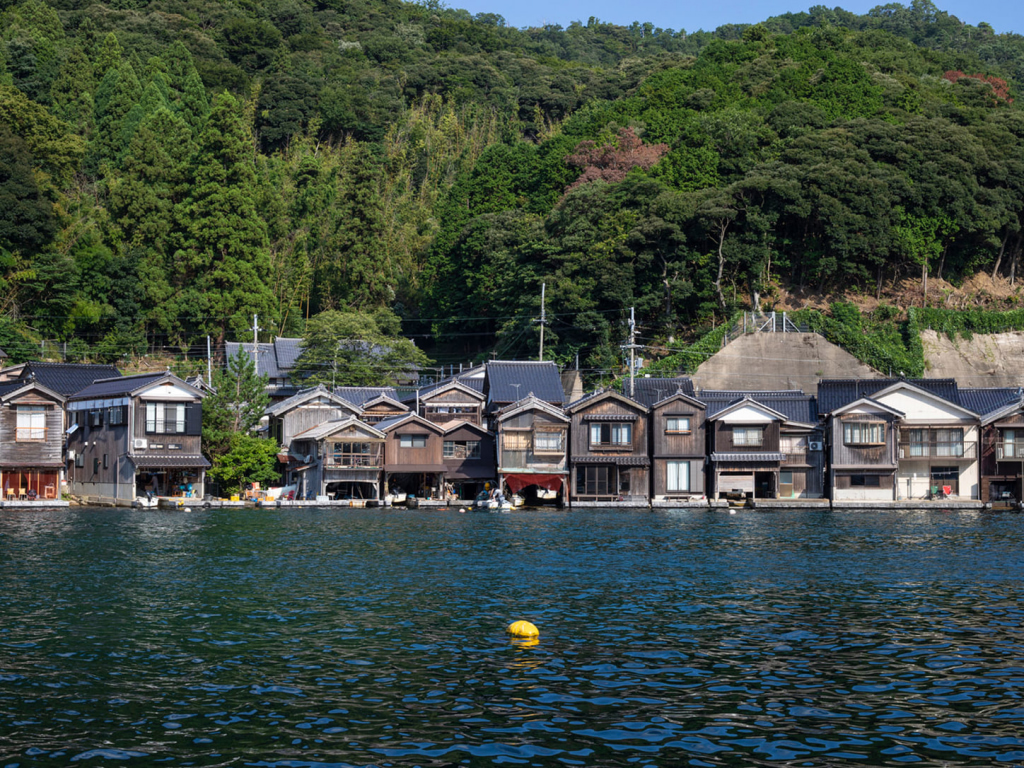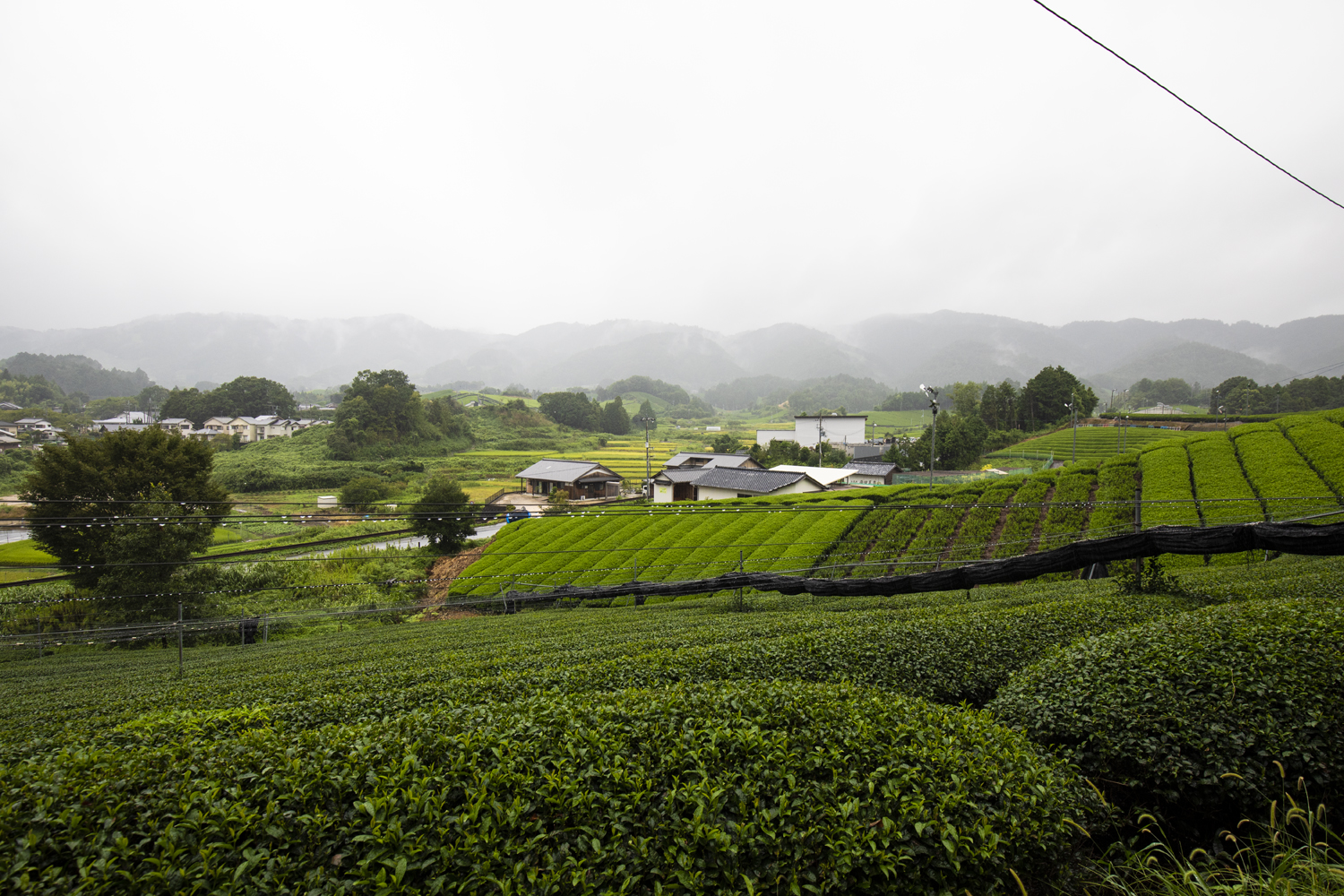While Kyoto Prefecture is often associated with its eponymous capital city’s stereotypes of geiko, temples and teeming crowds of tourists, there is much more to the broader region. Scratch at the surface and three distinct areas, each with its own character, topography and culture, will reveal themselves to you. Forests, tea fields or ocean: which Kyoto adventure will you choose?
Ocha no Kyoto: Enjoy the Best of Kyoto’s Tea Fields
Kyoto’s southeastern corner is home to Uji, a tea-producing region known for its high quality green tea, especially matcha. The area has over 800 years of tea cultivation under its belt, aided by the mist that hangs like a curtain, protecting the delicate tea leaves from the sun’s harsh rays and thus retaining their sweet taste.
A whopping 40 percent of Uji tea is grown in Wazuka town, while another 30 percent is grown next door in Minami Yamashiro Mura – together, the two towns account for the majority of Kyoto’s famed tea production.
It’s fitting that d:matcha Kyoto (www.dmatcha.com) has made its home here, offering tea experiences not found anywhere else. Visitors can learn how to blend their own sencha, taste the differences between the many types of green teas, or even head out to the tea fields and pick tea leaves themselves. One of the most intriguing – and possibly tiring – experiences is one where you grind your own matcha from high quality tencha leaves.
Using an old-fashioned millstone to pulverize dried leaves into a fine powder – 20 minutes will yield two grams, enough for one cup – gives an appreciation of just how hard it is to make this popular product. An experienced grinder can produce 20g an hour by hand, but even machines only manage 40g in the same time, making matcha feel as rare and as valuable as gold dust.
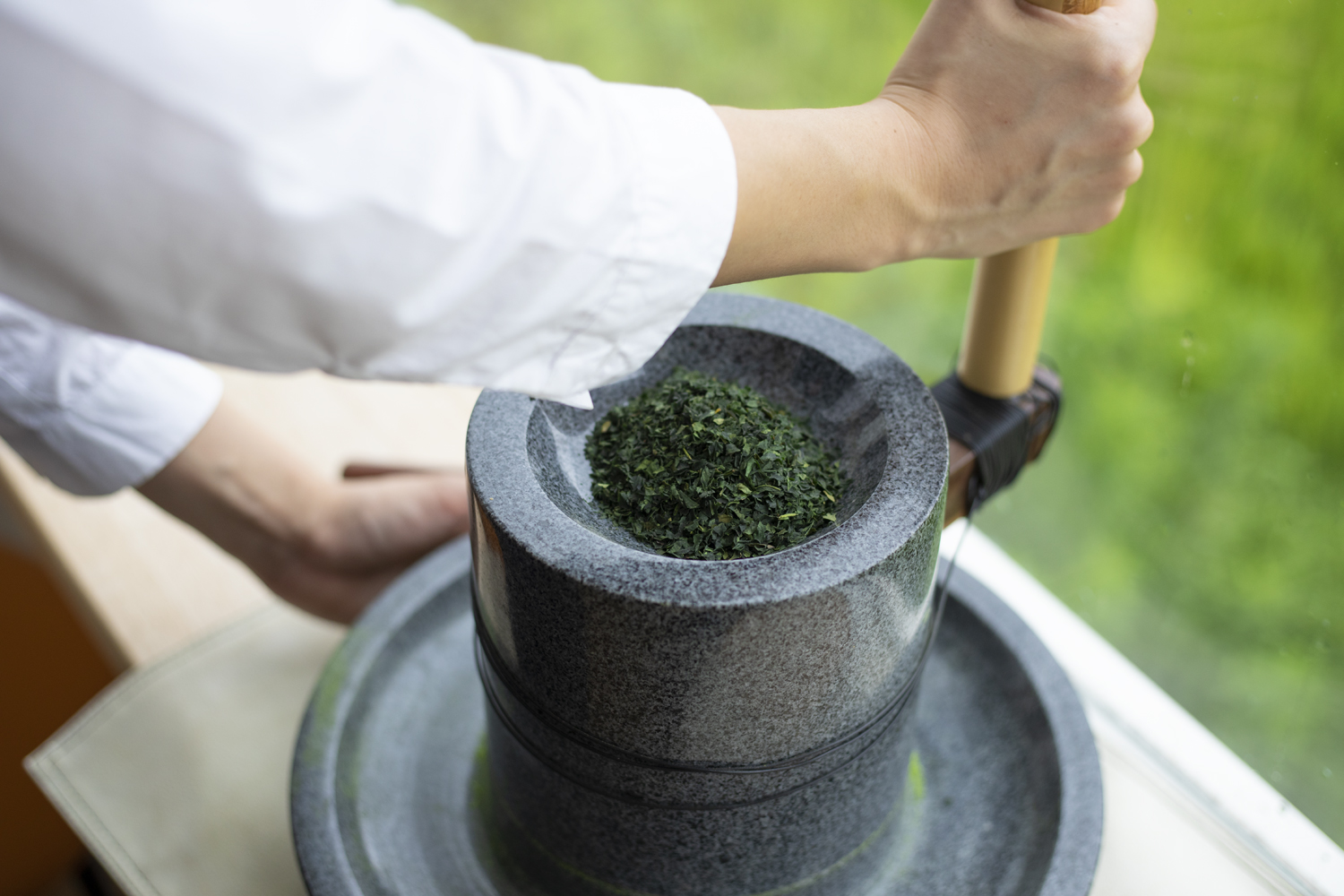
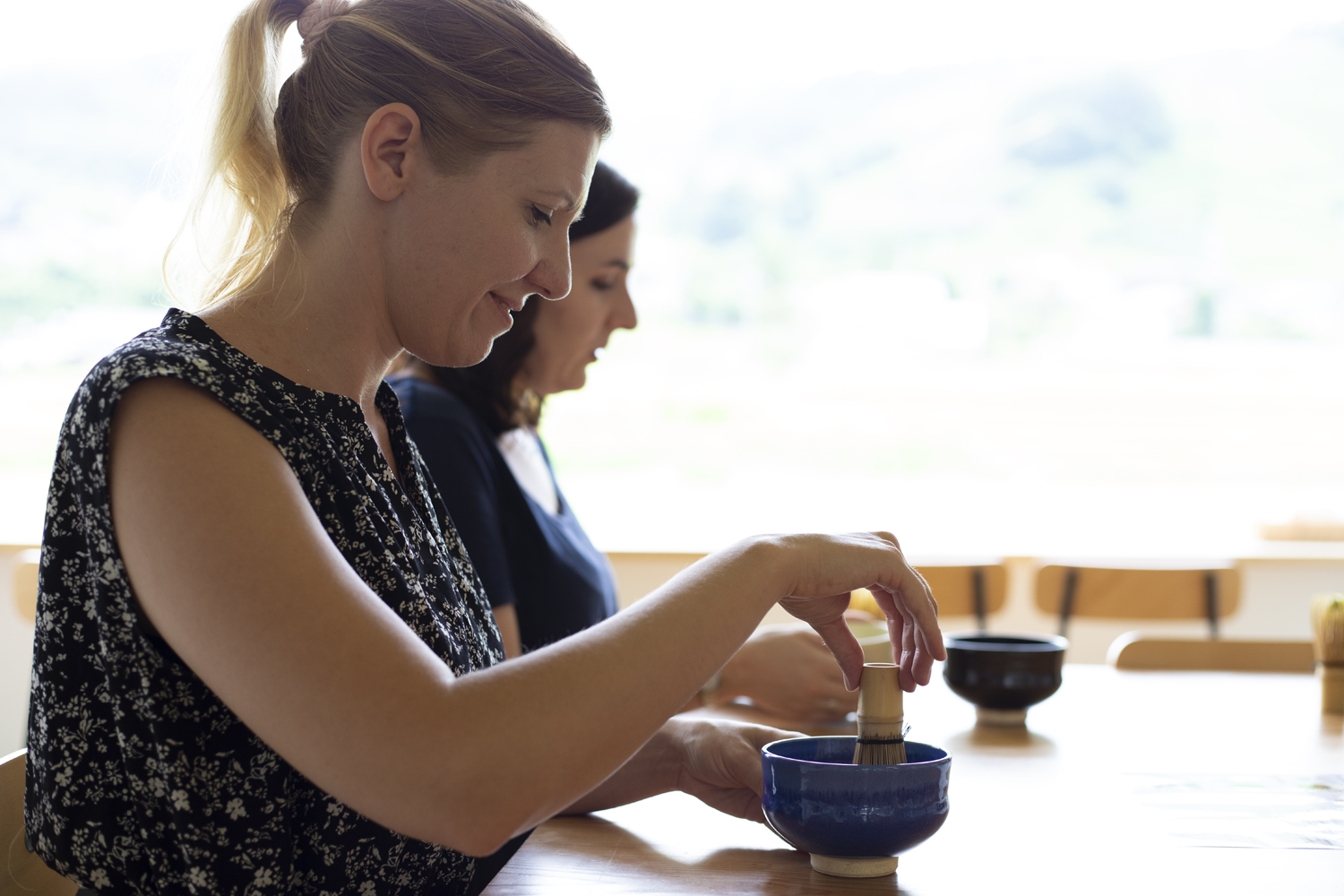
To fully infuse your stay with the bountiful tea harvests of Wazuka, stay the night at Enutoenu (www.facebook.com/kyototeafarmnton/). It’s run by Noriko Kita, who wears many hats – she’s a tea farmer, runs the farm stay Enutoenu and is a wizard in the kitchen, preparing multi-course meals with a touch of tea with almost every dish. Not only does she offer a completely new view on tea leaves (did you know you can eat them as they are?), she also educates on different ways to drink tea (top tip: try the matcha beer; you won’t regret it).
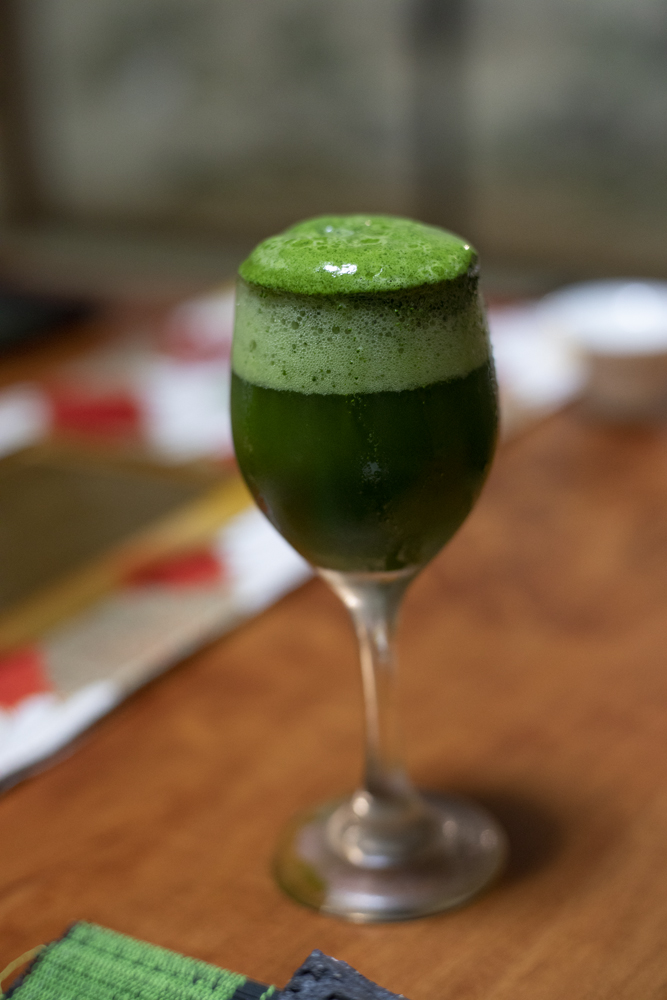
After an incredible meal, Kita leaves her guests to their own devices to enjoy a matcha scrub, or a green tea soak in the bath. To make a reservation, send an email to [email protected] in English.
Mori no Kyoto: Dive into Kyoto’s Waters and Woodlands
For adrenaline junkies, intrepid explorers or those looking for a little more action with fewer crowds, Kyoto’s forests may be the answer. Kameoka, a castle town just 20 minutes by train from central Kyoto city, is a great starting point for a woodland adventure. Proudly boasting the moniker of “foggiest city in the world,” Kameoka’s hazy mist adds an element of mystery to any early morning enterprise. It also offers a host of hiking, historic walks, cultural experiences and more.
Hozu River, which runs from the Tamba mountain range, runs through Kameoka city down to the famed Arashiyama area and offers a host of water-centric activities. Go rafting along its rapids (www.gekiryu.com) or take a guided hike with a packraft (a lightweight inflatable boat you can carry on your back) through the forest to get to the best nature spots in the area and make the most of the excitement Hozu River has to offer (visit www.morinokyoto.jp for more information).
For those who prefer others to do the heavy lifting, take a river boat ride down to Arashiyama with the Hozugawa Yusen River Boat Association (www.hozugawakudari.jp/en). The trip takes about one-and-a-half to two hours and all you have to do is hang on to the handrails and enjoy the boatmen’s lively banter.
It’s not all outdoors and roughing it in Kameoka, though. For a heart flutter of a different nature, head to Ikeyoshi for the Onna Ichiza, a unique cabaret-meets-comedy show. Regular performances are scheduled for lunchtime on the first Monday of every month but groups of 15 or more can book private dinners or lunches when it suits.
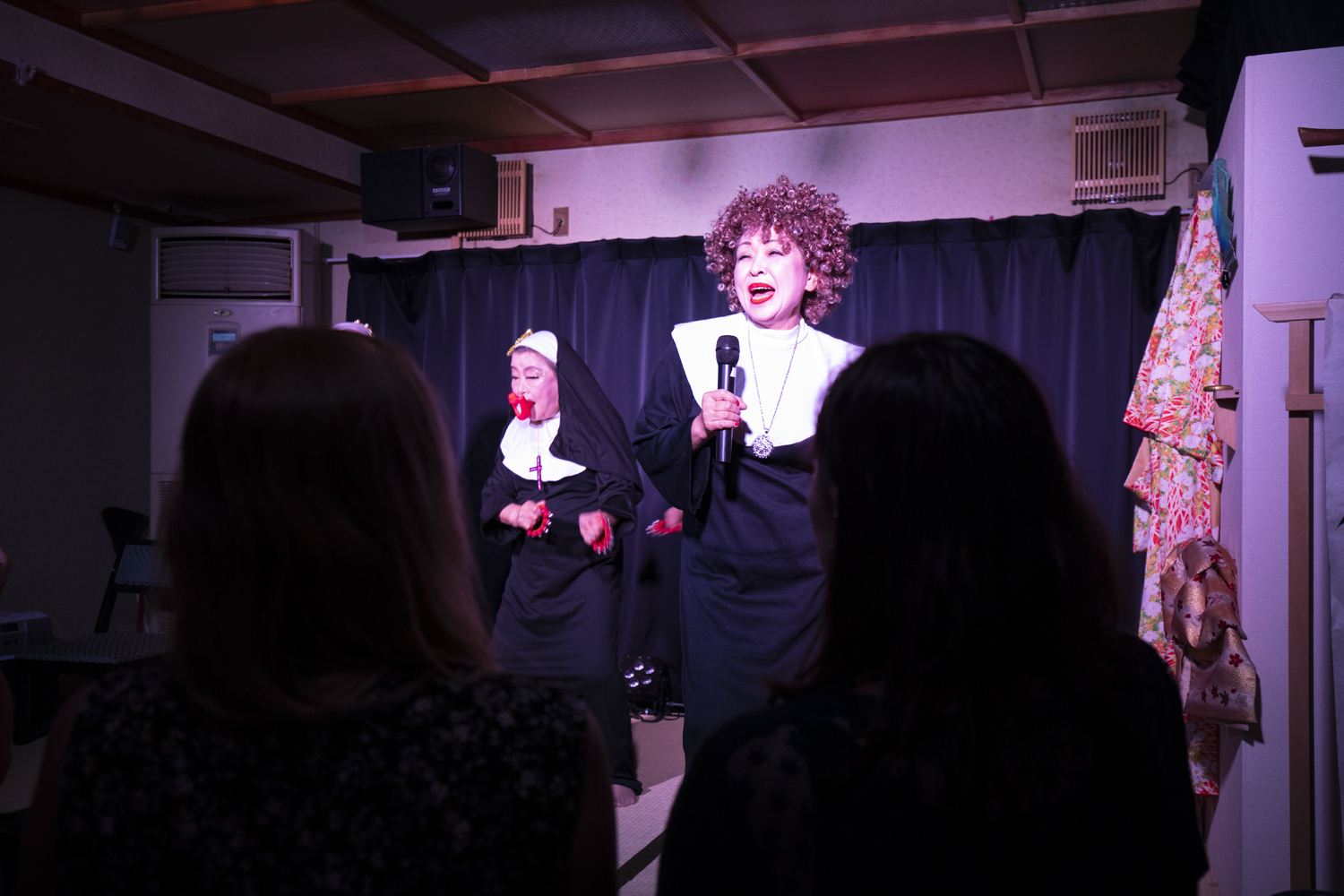
Attendees should be prepared to join in on the fun because these ladies – most of them over 50, with a few just short of 70 years of age – are not shy. The troupe includes at least two former Kyoto geiko, so despite the silliness, the skill is real. To reserve a spot for the lunch show or to book a private dinner show, reserve via email. (More info at ikeyoshi.net/)
For a more mellow night out, head to Bar Syushi, a cozy joint run by Mitsuyoshi Yoshida that lies just a stone’s throw away from Kameoka Station. He’ll mix up almost anything you desire both on and off menu. Ask about the Kameoka-Gin, a craft gin that takes its name from Kameoka-jin (a person from Kameoka). It’s peppery, fragrant and absolutely divine.
After a long day in the elements, settle in at Hanare Ninoumi (www.hanare-ninoumi.jp/home-english). It’s a renovated traditional Japanese estate that has been split into three individual houses for a luxurious hideaway in the middle of the city. Produced by Alex Kerr’s Chiiori Alliance & Trust, it’s a welcome mix of old traditional buildings and modern amenities. The kitchen is fully equipped for those who want to cook, but for a touch of extravagance, order a breakfast delivery from local café Coffeestand Blackie when you make your reservation. It’s the perfect way to start your new day of adventures – without having to worry about washing the dishes first.
Umi no Kyoto: Escape to Kyoto’s Northern Coast
Head over 130km north of Kyoto city to reach Ine, a sleepy seaside town that offers a true taste of countryside living. Only one main thoroughfare goes through the town, intermittently hugging the coastline and being encompassed by tiny wooden houses on each side. Ine is most known for its rustic funaya, two-story boathouses with living space upstairs and an open parking space on the ocean for boats beneath.
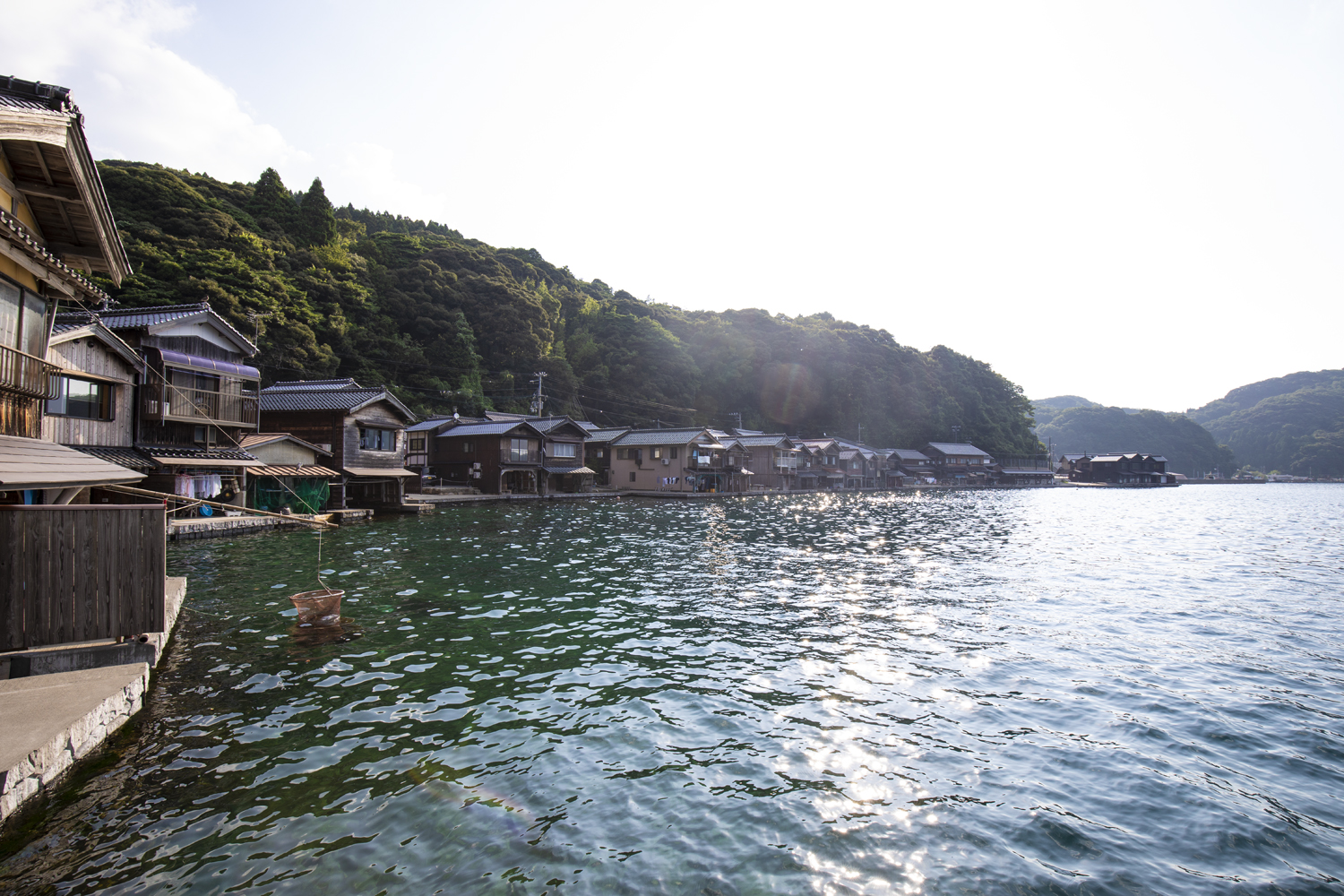
About 230 of these traditional buildings line a five-kilometer stretch of the coast, creating a picturesque scene best spotted from the water via one of the many boat tours offered by local fishermen. Ine feels, in many ways, like the end of the world. Its physical remoteness is one reason, its lack of convenience stores and large supermarkets – the shops and restaurants in town close surprisingly early – another. For those looking to get away from the hustle and bustle of the city or to enjoy a stay in a renovated traditional boathouse, Ine is the perfect place (more info at www.ine-kankou.jp/english/).
If this idea sounds too quiet, time a visit to coincide with the annual fireworks festival in late August, when about 5,000 people gather to take in the sight of sparkling bursts lighting up the night sky and reflecting in Ine’s quiet waters.
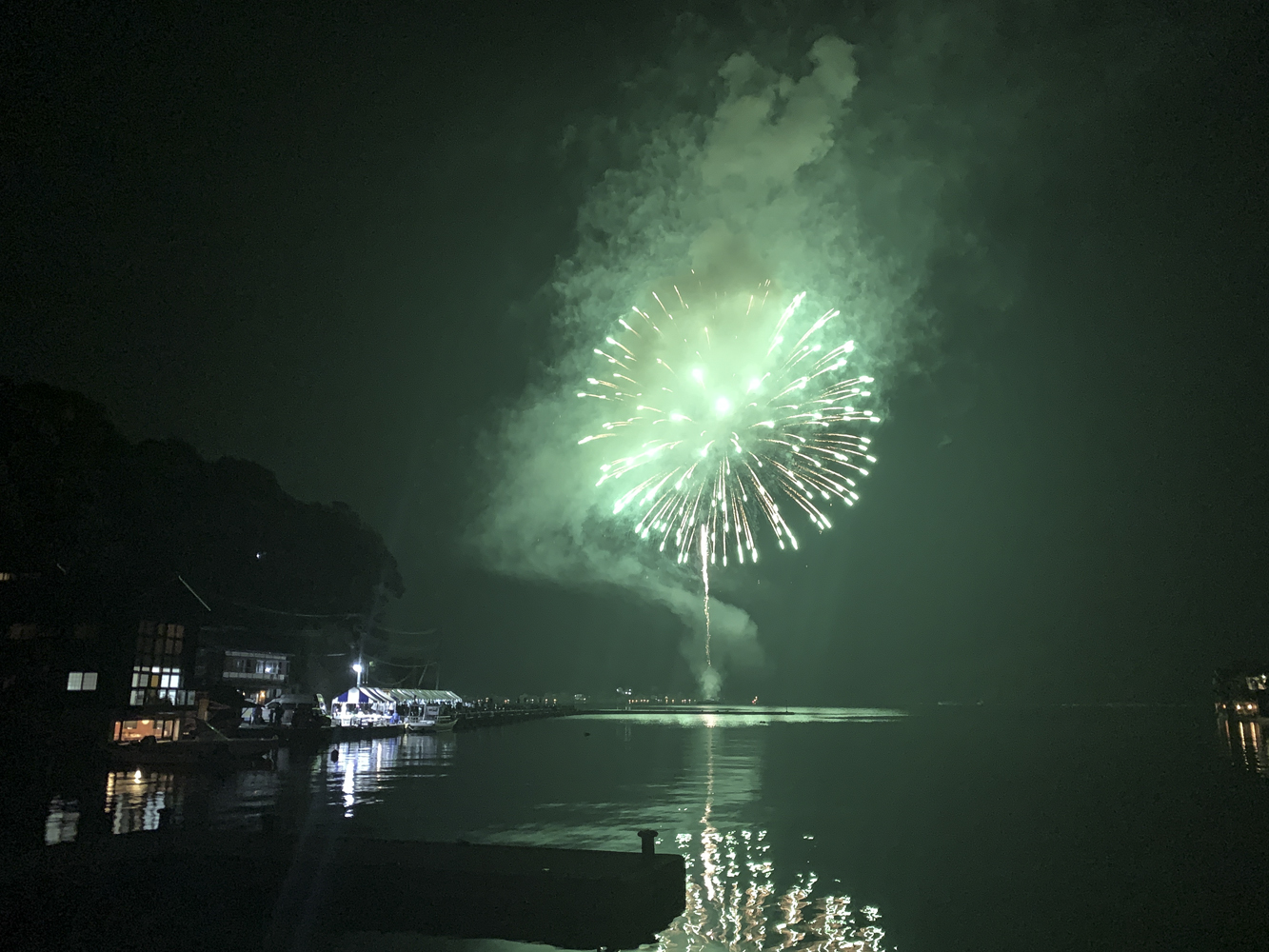
Kyoto’s northern coast can be explored by boat and on land via outlook points such as Kasamatsu Park, which offers an unobstructed view of one of Japan’s most famous sights, the Amanohashidate land bridge.
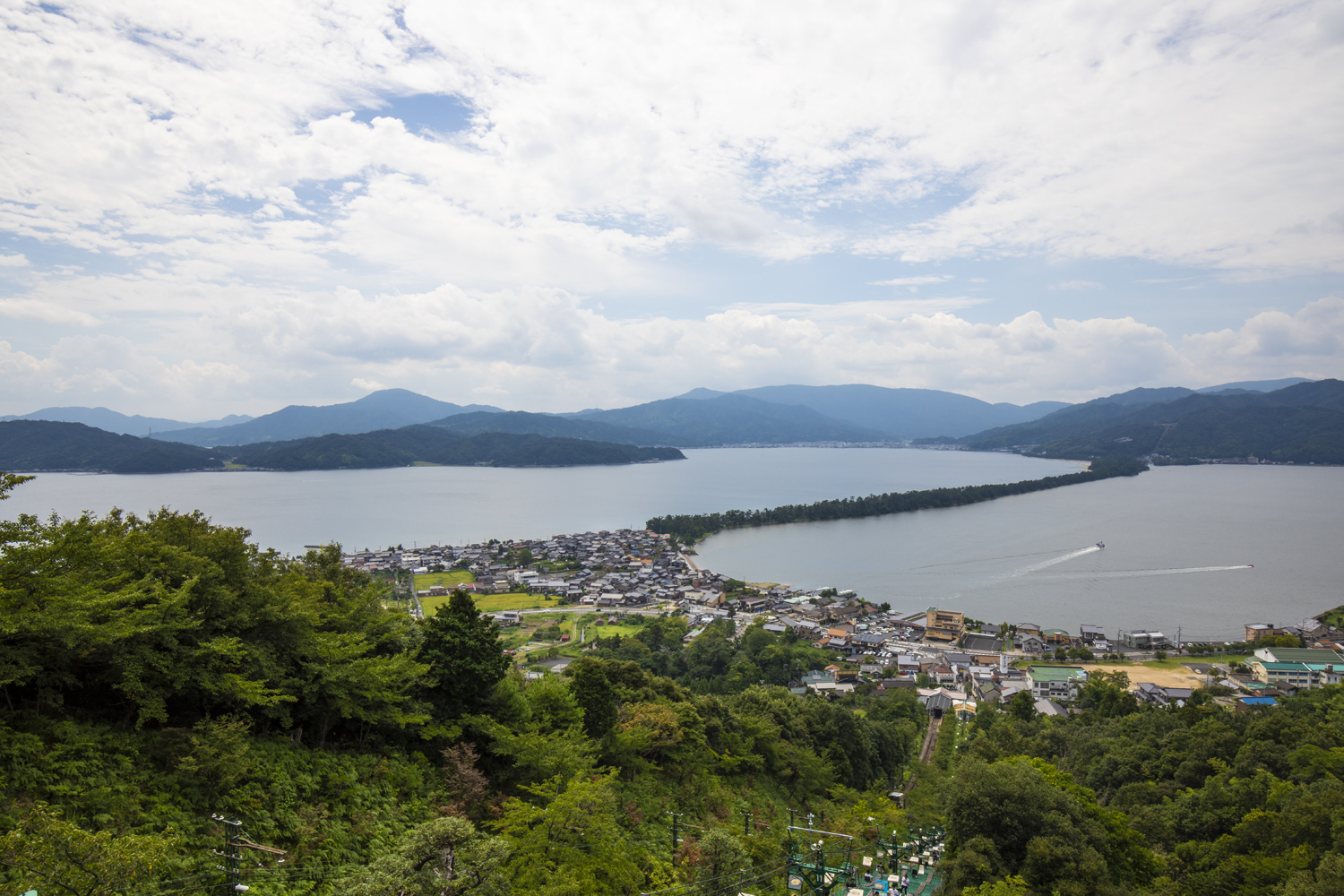
However, those looking for something a little different should board the Kyoto Tango Kuromatsu train, an exclusive restaurant train that travels from Amanohashidate to Nishi-Maizuru on Fridays, weekends and holidays (willerexpress.com/en/train/tantetsu/). Passengers can expect a decadent course menu filled with delicacies from the ocean coupled with glimpses of unspoiled countryside and aquamarine-tinted waters as they eat. There are several plans to choose from, including a tea ceremony experience, a dessert-only course and a sunset plan with tapas-style dishes. The menu changes seasonally, so there is always something new to try.
Visitors here – and to Kyoto Prefecture as a whole – are spoiled for choice in this multifaceted part of Japan. So which Kyoto will you choose?
For more information and to book a trip here, visit the ANA JTP website.
How to Get to Kyoto
From Tokyo:
By Air
Haneda Airport -> approx 1 hr 20 mins -> Kansai International Airport -> Limousine bus (approx 1 hr 40 mins) -> Kyoto Station
Book your flight here.
By Train
Tokyo Station -> Tokaido Shinkansen (approx 2 hrs 20 mins) -> Kyoto Station
From Kobe:
By Train
JR Sannomiya Station -> approx 1 hr 20 mins -> Kyoto Station
Photographs by David Jaskiewicz
Sponsored Post

